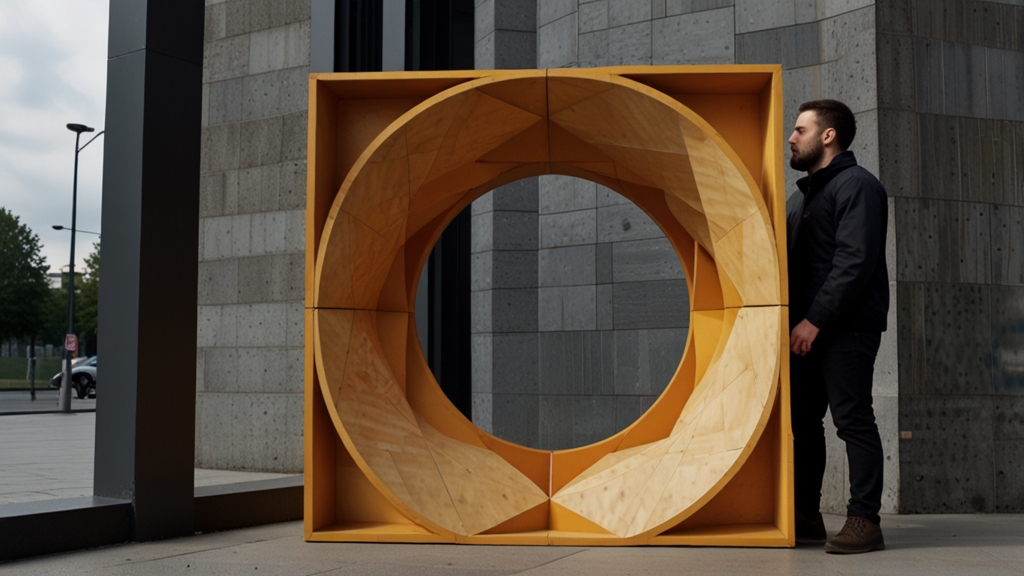Unraveling the Mystery of the Roman Pantheon
The Roman Pantheon, an architectural marvel of antiquity, stands as a testament to the ingenuity and grandeur of Roman engineering. Often mistaken for a simple temple, this iconic structure is shrouded in mysteries that have intrigued scholars and visitors alike for centuries. To truly appreciate the Pantheon, one must delve into its history, design, and the cultural significance it held in ancient Rome.
A Glimpse into History
Set in the heart of Rome, the Pantheon as we see it today was built between 118 and 128 AD during the reign of Emperor Hadrian. It replaced an earlier building commissioned by Marcus Agrippa in 27-25 BC, which was destroyed by fire. A notable inscription on the façade – "M AGRIPPA L F COS TERTIUM FECIT" – pays homage to Agrippa, asserting that it was he who built the original structure. This deliberate nod to the past highlights the Roman reverence for history and continuity.
The Architectural Marvel
One cannot discuss the Pantheon without marveling at its architectural brilliance. The building's most striking feature is its massive dome, which until the 20th century, remained the largest unreinforced concrete dome in the world. The dome has an oculus at its center, an open skylight that provides natural illumination to the interior and symbolizes the connection between the temple and the heavens. Measuring 43.3 meters in diameter, the dome's perfection is no mere fluke but an exceptional feat of ancient engineering.
The Pantheon's dome stands as a monumental achievement in the history of architecture, a testament to the innovative spirit of Roman engineers and their mastery over concrete.
The Purpose and Function
While commonly referred to as a temple for "all the gods" (from the Greek words "pan" meaning all, and "theon" meaning gods), the true purpose of the Pantheon remains a subject of debate. Some scholars believe it served more as a dynastic sanctuary or a place where the emperor could commune with the gods, asserting his divine status. Its design, with the grand dome representing the heavens and the floor pattern mirroring a cosmic map, suggests a symbolic representation of the universe.
Whether a temple, a sanctuary, or a cosmic monument, the Pantheon embodies the spiritual aspirations of the ancient Romans, reflecting their desire to bridge the earthly with the divine.
Cultural Legacy
Beyond its architectural and historical significance, the Pantheon has left an enduring cultural legacy. It was consecrated as a Christian church in 609 AD, known as the Church of St. Mary and the Martyrs, which undoubtedly contributed to its preservation through the centuries. Today, it serves both as a church and a historical landmark, drawing millions of visitors annually who are awed by its grandeur and mystery.
The Pantheon's influence is evident in numerous structures worldwide, from the Renaissance masterpieces that drew inspiration from its form to the modern-day state capitols and libraries featuring domed designs. Its enduring appeal lies not only in its impressive aesthetics but also in the stories and mysteries that it continues to embody.
The Pantheon, with its rich history and enigmatic presence, invites us to reflect on the greatness of the Roman Empire and the timeless pursuit of architectural excellence.
Conclusion
Unraveling the mystery of the Roman Pantheon is a journey through the annals of history, architecture, and cultural heritage. This ancient monument is more than just a relic of the past; it is a symbol of human ingenuity and the eternal quest to connect the mortal with the divine. As we stand under its vast dome and gaze up through the oculus, we are reminded of the enduring legacy of the Romans and their unparalleled contribution to the world of architecture. The Pantheon remains, as it has for nearly two millennia, a beacon of wonder and a testament to the heights of human achievement.











